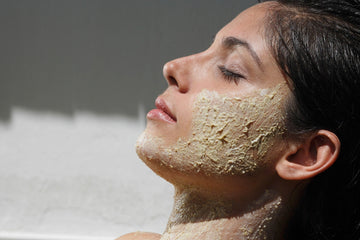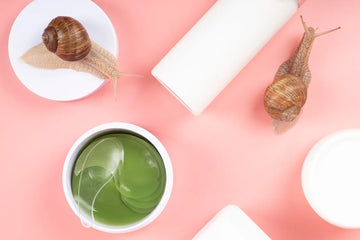In the quest for radiant, healthy skin, exfoliation is a game-changer. It's the secret behind smooth, glowing complexions and the key to unlocking the full potential of your skincare routine. But with so many methods and products available, it's easy to feel overwhelmed. Fear not! We're here to break down the essentials of exfoliation—why you need it, when to do it, and how to incorporate it into your skincare regimen effectively.
Why Exfoliation Matters
Exfoliation is the process of removing dead skin cells from the surface of your skin. These cells can accumulate and lead to dullness, clogged pores, and even breakouts. Regular exfoliation helps to:
When to Exfoliate: Finding Your Perfect Schedule
How often you should exfoliate depends on your skin type and the type of exfoliant you’re using. Here’s a general guide:
Remember, these are guidelines. Listen to your skin and adjust as necessary. Over-exfoliating can lead to irritation and damage, so it's better to err on the side of caution.
How to Exfoliate: Techniques and Tips
There are two main types of exfoliation: physical and chemical. Each has its benefits, and the right choice depends on your skin type and concerns.
1. Physical Exfoliation
This involves using a scrub or tool to manually remove dead skin cells. It's great for instant gratification but can be too harsh for sensitive skin if not done correctly.
2. Chemical Exfoliation
This method uses acids or enzymes to dissolve dead skin cells. It’s less abrasive than physical exfoliation and can be more effective for certain skin types.
Product Highlight: Dr.Jart+ Pore Remedy PHA Exfoliating Serum is a fantastic option for those looking for a gentle yet effective chemical exfoliant. PHAs (Polyhydroxy Acids) provide a mild exfoliation that’s suitable even for sensitive skin types, helping to clear pores and smooth texture without irritation.
Steps to Proper Exfoliation
Product Highlight: After exfoliating, using a hydrating product like the Cosrx The Hyaluronic Acid 3 Serum can help replenish moisture and soothe the skin, ensuring it remains plump and hydrated.
6. SPF: Never skip sunscreen, especially after exfoliating, as your skin will be more sensitive to UV damage.
Common Exfoliation Mistakes to Avoid
---
Exfoliation is a vital step in achieving smooth, radiant skin. By understanding why, when, and how to exfoliate, you can refine your skincare routine to better suit your skin’s needs. Whether you prefer the tactile satisfaction of a physical scrub or the gentle efficiency of a chemical exfoliant, there’s a method that’s perfect for you. Embrace the power of exfoliation and let your natural glow shine through!
Remember, great skin doesn’t happen by chance—it happens by appointment. Schedule your exfoliation days, listen to your skin, and enjoy the journey to a healthier, brighter complexion. Happy exfoliating!








